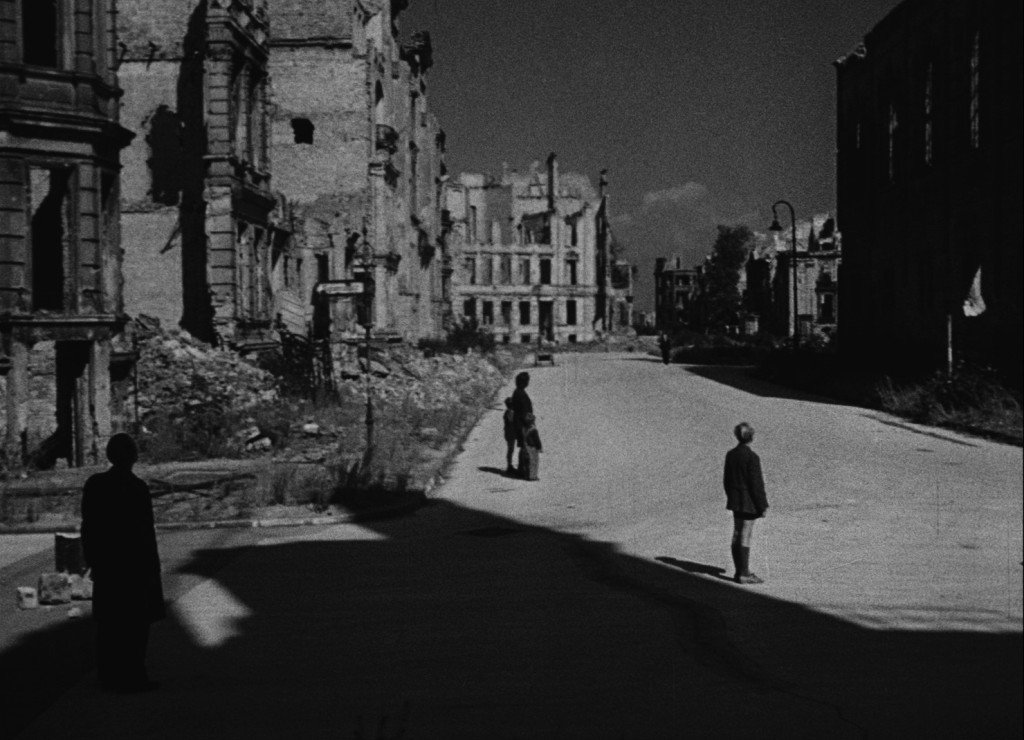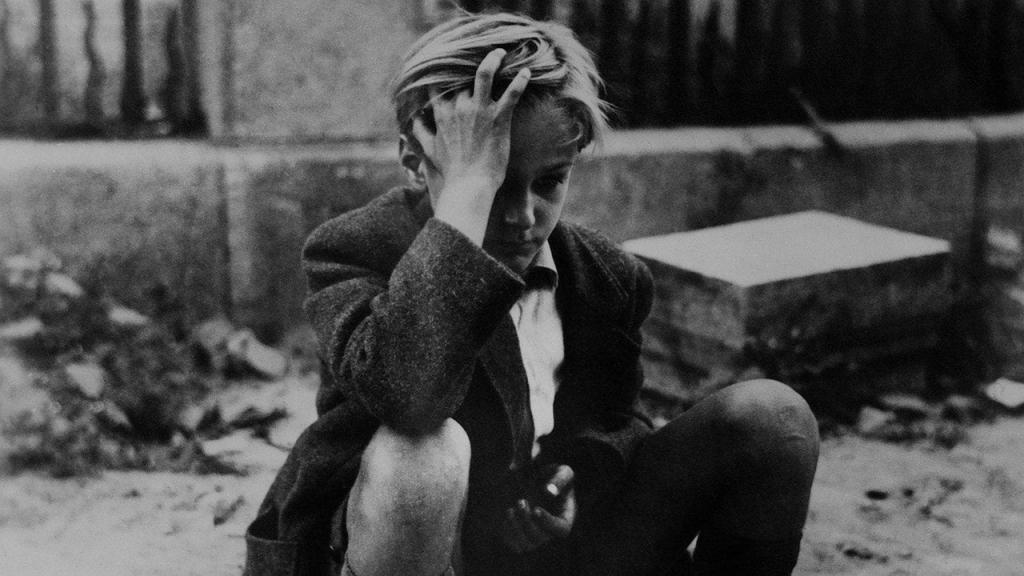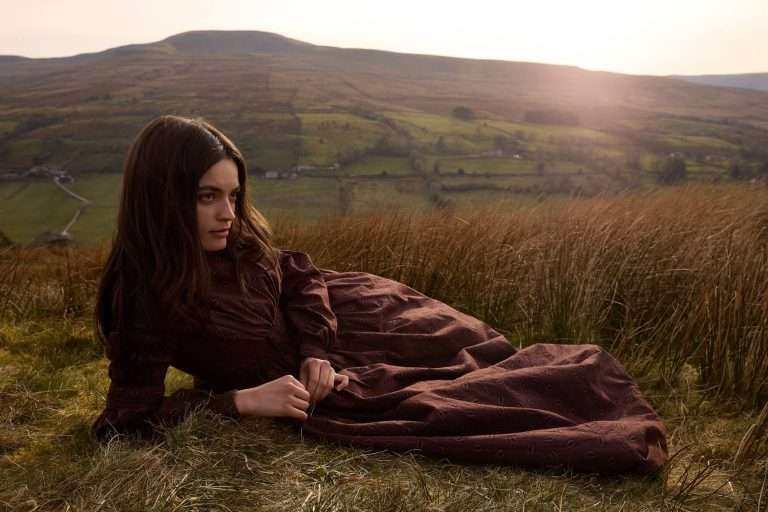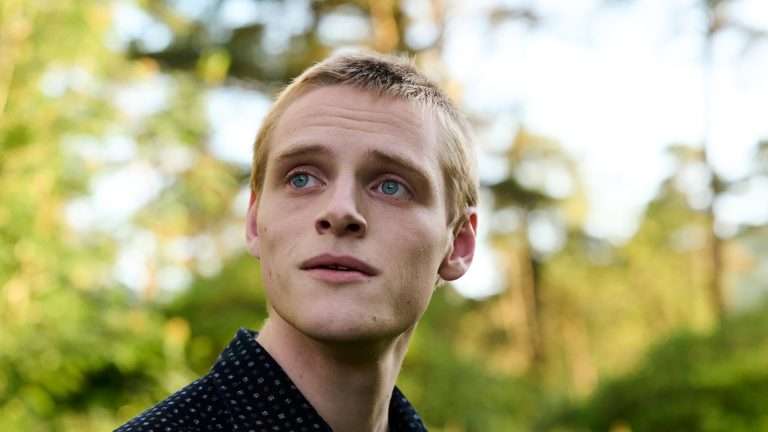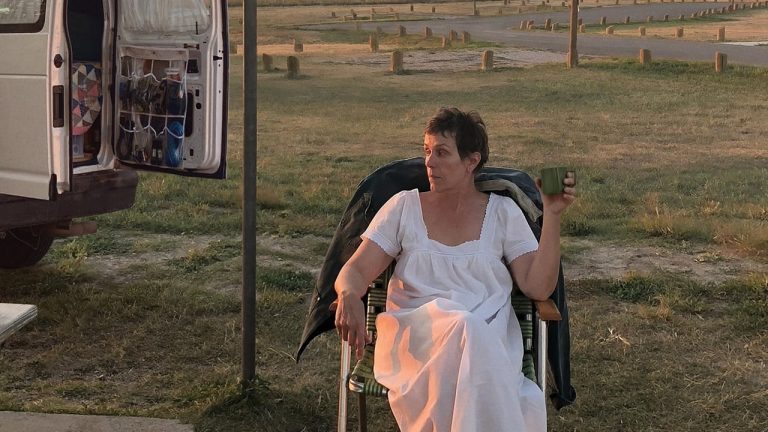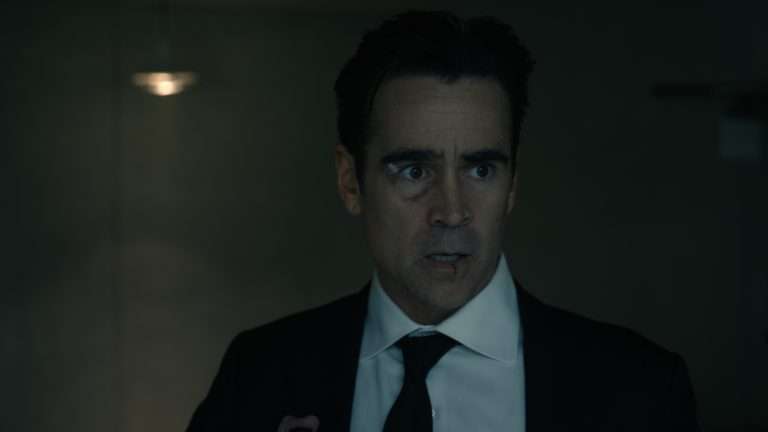Roberto Rossellini’s Germany, Year Zero (‘Germania anna zero’, 1948) was the heartbreaking third and final film in the director’s neorealist war trilogy. Although the two previous films – Rome, Open City [1945] & Paisan [1946] – didn’t garner immediate commercial success, the international acclaim encouraged Mr. Rossellini to internationalize the neo-realist movement by shifting his focus from post-war Italy to the rubble of Berlin. Like the traditional neorealist cinema, Rossellini chooses to tell the aftermath of World War II through the trials and tribulations of a single-family, particularly through the eyes of a 12-year-old boy named Edmund Kohler (Edmund Meschke).
However, there are intriguing and ominous undercurrents here that couldn’t be found in neorealism set in post-war Italy; for e.g., the director’s ambiguous treatment of his subjects’ alleged participation in Fascism. Despite displaying the troubling undercurrents, Rossellini acknowledges that the Germans were humans like everybody else, and his perspicacious portrayal makes it hard to stringently judge the characters.
In Germany Year Zero, Rossellini effortlessly straddles the line between naivety and corruption, innocence and guilt. The film opens with the raw footage of the post-war streets of Berlin. Impoverished Germans of all age subsist on minimal rations and make ends meet by selling their valued possessions. There are no jobs to be found, and 12-year-old Edmund wouldn’t be given a work permit. Still, he is desperate to find a job. When we first see him, the boy is digging a grave. Soon the supervisor finds out he is underage. The other workers berate him for taking foods from their families. Robbed of work, Edmund later wanders the streets, in cratered pavements and among damaged buildings. He scavenges coal that’s fallen from a truck.
Related to Germany, Year Zero: Shoeshine [1946] Review – De Sica’s Somber Classic on Social Systems of Prejudice and Oppression
Edmund’s family of four includes his invalid, ailing father(Ernst Pittschau), dutiful elder sister Eva (Ingetraud Hinz), and a panic-stricken older brother Karl-Heinz (Franz Kruger). Karl-Heinz is hiding from authorities and doesn’t register himself for a work permit or food rations because he is a former soldier. It’s never mentioned what kind of soldier Karl-Heinz was under Third Reich (whether involved with SS or Wehrmacht). Taking into account the young man’s conviction that he would be accused of war crimes, we can discern he did something worst.
Eva goes out every night with Allied soldiers – much to Karl-Heinz’s disgust – for cigarettes, which she uses to trade for other essential things. Edmund – innocence personified – scrape together some money and food by running around with unscrupulous ‘friends’. The father is worried about Edmund getting corrupted, but he doesn’t have the power to stop it.
The father mentions that he tried his best to keep Edmund out of the Hitler Youth, despite offering his elder son to the military. He also constantly laments about the burden he has put upon Edmund’s shoulders. In one of his aimless wanderings, Edmund comes across his old teacher (Erich Guhne), coded as a pederast and a Nazi-sympathizing criminal involved in a lot of shady activities. His former status as a Hitler Youth organizer provides the teacher with the power to control a gang of teenagers, dabbling with black market products. He gives a vinyl of Hitler’s speeches to Edmund and asks him to sell it to US soldiers.
Hitler’s maniacal voice – clacking about ‘victory’ and ‘glory’ – played out against the crumbled skeleton of war-torn Berlin generates a distressing and uncanny effect. Edmund’s childlike façade slowly crumbles, partly due to the creepy teacher’s reiteration of the twisted Nazi philosophy, and partly due to the inescapable atmosphere of hopelessness and disorientation.
Also Read: Forbidden Games [1952] Review – An Astonishingly Poignant Drama on Broken Childhood
In Germany Year, Zero, writer/director Rossellini apparently turns the ruins of post-war Germany to metaphorically represent the society’s decayed moral and sociological conditions. The betrayal of sorts experienced by youthful Edmund and his later crisis of conscience symbolizes the false choices that led the people of Germany astray. Germany, Year Zero doesn’t seem to possess notes of hopefulness, exemplified by the characters of resistance fighters and priests in Rome, Open City. Even Paisan, in its six vignettes, elicited hope despite embracing the grim post-war realities. The last film in Rossellini’s war trilogy, however, holds out little hope for the future, the only positive aspect being Eva’s perseverance. On a personal note, it is important to note that Rossellini made this film after the tragic death of his 9-year old son, Romano.
Rossellini’s formal fluidity is pretty evident in the scenes the camera (cinematography by Robert Julliard) follows (or relentlessly stalks) Edmund through Berlin’s dilapidated buildings, including a bombed-out church where a priest is seen playing Bach on the organ. Surely, the War trilogy is best remembered for the way Rossellini captures childhood in the face of destruction and war. The film’s aesthetics are raw and a bit heavy-handed, yet it contributes to the viewer’s disorientation and also makes Edmund’s suffering much more palpable. In fact, the raw quality adds to the film’s idiosyncrasy and profundity.
Overall, Germany, Year Zero (73 minutes) bears witness and deftly documents the despair and devastation in a war-torn society through the forced maturation of a destitute child.
Germany, Year Zero (1948) Links: IMDb, Rotten Tomatoes, Letterboxd


